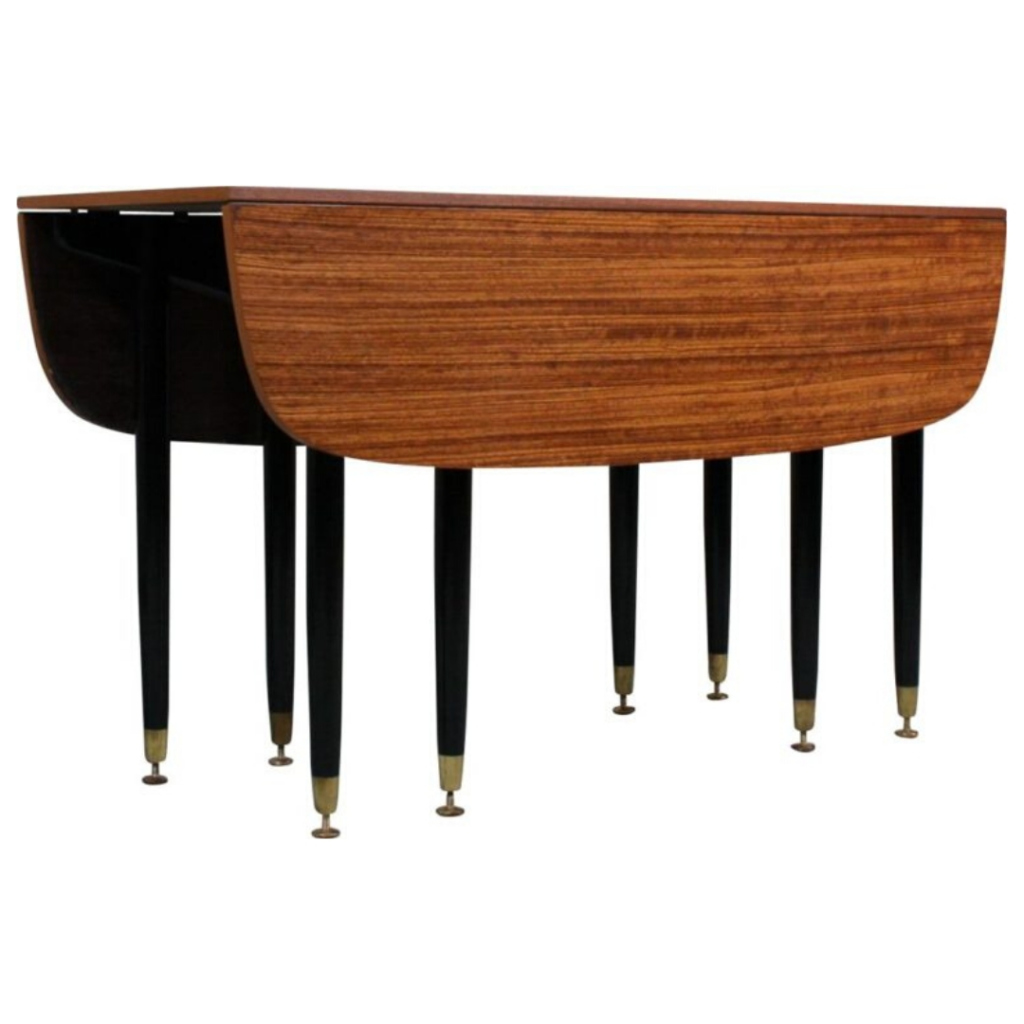I am for reasons not always clear to me fascinated by questions of to rehab, or not to rehab? Consider the Great Pyramid in Egypt, one of the earliest known mixed use real estate developments. It was orginally covered with a smooth, white marble surface that made the thing visible for great distances on nights when there was any moon light at all. It functioned as lighthouse for those navigating the desert and the Nile. It also functioned as perhaps the largest survey marker in history, allowing a vastly expanded land ownership grid to be layed in the vicinity of the verdant Nile; this was a hugely powerful function for the Nile flooded annually and played havoc with property lines. The guy with the highest survey marker could therefore also be the man to command the most expansive property rights grid for growing food and fiber. One set the ancient equivalent of a level, or theodolite, probably some kind of sextant, on the flat top of the pyramid and could then have unimpeded site lines far in the distance that could relocate boundary markers whenever needed. In fact, with the white marbled radiance of the pyramid, it was possible that surveyors and early astronomers could work all night relying on the reflected light. This was perhaps the first 24 hour shift in the epistemic sector of the economy. 🙂 The pyramid also served as a combination bank vault and burial tomb for the pharoah and his descendants.
So: should the Great Pyramid be reskinned, or not? Undoubtedly we could learn an enormous amount about how the pyramid functioned and how ancient Egyptian culture was ordered by its analytic parameters. A thorough refurbishment would certainly be a boon to Egypts tourist economy. Yattta, yatta. Or should society be dedicated to allowing the Great Pyramid to waste slowly away as some kind of architectural clocking ticking on human civilization?
Any thoughts?
Yes
yes, it would be a wonderful sight (site) as long as it was done with integrity and honesty.
Too much of Egypt's past is being rebuilt with a lack of care and knowledge that is staggering, I have seen it first hand.
I realise the country is poor, and is reliant on tourism, and the tourist demands spectacle, however the tourist cannot tell the difference between a mud brick made 3000 years and and one made last week, but when Roman and Greek architecture is jumbled up, and sometimes below (archaelogically) that of the ancient Egyptian stuff there is a BIG problem..
I have listened to a guide telling me that the Roman statuary predated the Egyptian stuff that was clearly (to the trained eye) a 1000 or more years before it !
More care need to be taken, not just throwing up whatever happens to be laying around (and it is )..or a false legacy will be left behind.
Olive...Pt. 1
How about painting Stonehenge in a kind of Gerrit Rietveldt scheme of RGB? 🙂
Seriously, I wonder if you might dig down a bit in your thoughts and explain why rehabbing the pyramid would be such a ghastly thing, since we have a pretty good idea what it was supposed to look like. I'm not saying your wrong. But I think my question and your intense response get at some philosophical issue about artifacts from the past. What exactly is valuable about them? Why would rehabbing the Great Pyramid be such a bad idea. People rehab Frank Lloyd Wright buildings and get strokes for doing so. Are you saying that we ought to let the Guggenheim, a smaller and lesser, but nevertheless similarly monumental structure, just slowly deteriorate into a weathered, cracking artifact of Wright's time? Where is the frontier between what should be preserved and what should not be?
Take the Sphinx for another example. What will be gained by letting its kisser eventually become entirely indistinguishable, as what it was? How sphinx-like will it be when the expression is entirely gone?
And why is it okay to preserve the great cathedrals of Europe, or the Hagia Sophia, but not the Great Pyramid? Does it all really just come down to value in use? If a religion wants to keep using the Hagia Sophia in Turkey, or Il Duomo in Florence, Italy, then is it okay to sand blast it back to its earlier glory, but if that religion extincts then those buildings would be more better tended by letting them fall slowly into ruins? Is it just simply that Pharohnic governance and Nile and Sun God worship have long since ceased to be practiced and so the Great Pyramid contributes more to the human legacy as a ruin than as a rehabilitated masterpiece of human design and construction?
Olive Pt. 2
You're a thoughtful person. I respect the fact that you are repulsed by the notion of rehabbing the Great Pyramid, but I would like you to think through the why of your intense response and share it with myself and others.
As we reduce contemporary Mesopotami, i.e., Iraq to a chaos of roving death squads and vast wastelands of cluster bombs and depleted uranium munitions pollution, I can't help but wonder if the west might do better by the cradles of civilization than we are doing presently.
Why does the West like to view the masterpieces of engineering by other cultures of the past as ruins to be admired solely as ruins, but views Monticello and the White House as things that need periodically to be rehabilitated either to their original splendor, or brought completely up to date?
Is there a kind of cultural competition implied by this. USA and UK are the contemporary empire. Are we insisting that our legacy is the only living legacy that dare be preserved and rehabilitated? Must all former great civilizations be forced to continue to crumble into ruin to make sure that the great forces that formed and animated them once must never arise again to compete with us? Must living empires always reduce their predecessors to museum bounty and ruin to ensure their own greatness?
These things I wonder. What say you?
While I
can certainly understand the "leave the poor thing alone" school of thought (my characterisation) there might be something to what Detective Constable Wilson (so THAT's who he is !) has said. (No, I am not in the least offended by anything you have said or could say, Olive !)
I'm afraid I don't see the point in restoring only the top portion of the Great Pyramid (pronounced pyRAMid in the UK ?); that is the lopsided appearance already in place to a lesser degree. Perhaps two of the four faces could be completely restored, so that from different perspectives either a completely restored or a completely abandoned appearance could be had ?
The glazed skin floating over the surface at the plane of the original finished surface would have the function of completing the original design without disturbing or occluding the present state of the object -- it might even be possible to rest such an armature in the existing steps without so much as a single penetration ? Perhaps in such a dry climate the mini-climatological effects within the glass skin would not be damaging -- or sufficient venting could be introdiced to allow a naturally-occurring chimney effect to keep air circulating to the desired degre.
Just a wacky idea, really -- sort of a permanent (or semi-permanent) Christo treatment, with amusing (?) reference to the Louvre. . .
SDR
"AMERICANIZE IT" INTO A COMA!
Well the glass enclosure intrigues me, and Christo does wonders with fabric...but has anyone considered aluminum siding? And faux dormer windows complete with decorative shutters and silk planted windowboxes on 2 sides? I'm thinking pale blue with white trim, and a chipped black crossbuck aluminum screendoor at the entrance...not to be complete without bugfilled jellyjay porchlights with burnt-out yellow bulbs. Doormat ideas anyone?
If you need any help, please contact us at – info@designaddict.com









